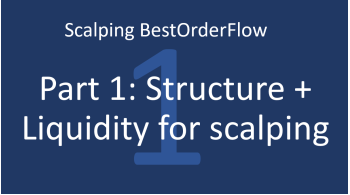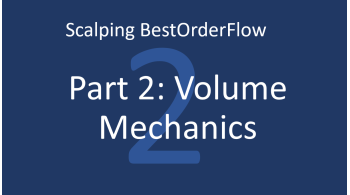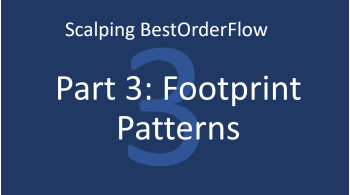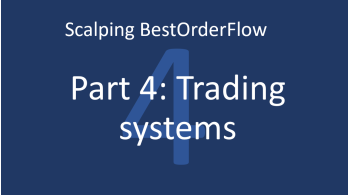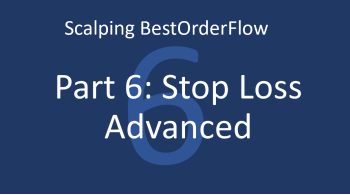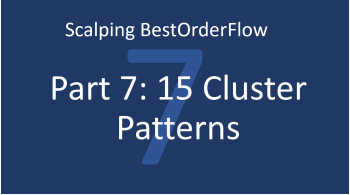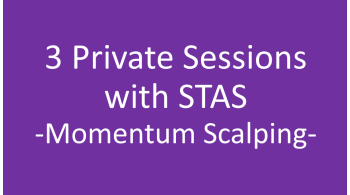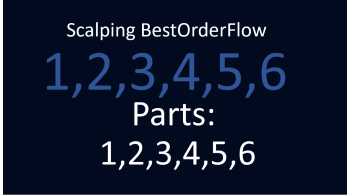Learn to trade BestOrderFlow Tutorials
Two ways to buy tutorials
1) Buy Tutorial Parts one by one in order. You can buy Parts as you need to move to the next part. Total 6 parts by $99 = $594/
Example: Part 2 becomes available to buy only after you get Part 1, and so on. Part 6 becomes available to buy only after you get Part 5.
Start with Part 1 here.
Part 1: Structure and Liquidity
1) Structure to trade and to avoid
2) How to identify a Trend and Momentum
3) Multi-Structure - momentum inside trend for maximum profit
4) Liquidity magnets
5) Blocks and Ranges:
a. Order block,
b. Braker Block,
c. Support and Resistance,
d. Range,
e. Reversal Block with Middle Range
6) Volume Imbalances - type of imbalances and how most trades trade it wrong
7) Brake trough structure
8) False brake structure
9) Reversing structure logic and entries
Part 2: Volume Mechanics
1) Internal mechanic for orders Level 1 and Level 2
2) Volume Profile for scalping
3) What is delta 1
4) Delta 1 Blocks on Footprint
5) Unfinished business
6) Signs of momentum exhaustion
7) How to use Live Dome
a. Puling and stacking
b. Totals in momentum
8) Delta 2
9) Iceberg
10) Delta 1 Absorption
11) Delta 1 and Diversion
Part 3: Footprint Patterns
1) Sellers in and sellers out
2) Buyers in and Buyers
3) Reversal
4) The right way to use Pig's tail pattern
5) OrderFlow Patterns
Part 4: Trading systems
1) Reversal for continuation - 3 blocks system
2) Three indicators system
a. Volume + Delta 1 + Delta 2 + Market Speed
b. Patterns/ Waves on Volume, on Delta 1 and Delta 2
3) Trading channels Inside, Outside
4) Trading Cascades
5) Trading Liquidity grab
6) Trading zones
Visual Imbalances FVG
- Volume imbalances - calculated
- Low-volume and high-volume dynamics
- Magic clusters and how to scalp it
Part 5: Stop Losses and Money Management
1) Four reasons to use it correctly
2) How to never lose your account
3) Being productive in short-term and long-term
4) Stop loss for momentum versus stop loss for trend
5) Tools for Stops
- Volatility and ATR
- Imbalance zone
- Ranges, blocks, liquidity
Part 6: Stop Loss Advanced
1) Stops with Heatmap and Past Dom
a. Big Trades
b. Past Dom limit orders level 2
c. Magic clusters
2) Stops on the multi-structural system
3) Single contract and single stop
4) Multiple contracts and trailing stops
This list is not final and is subject to editing.
 E
E U
U  R
R